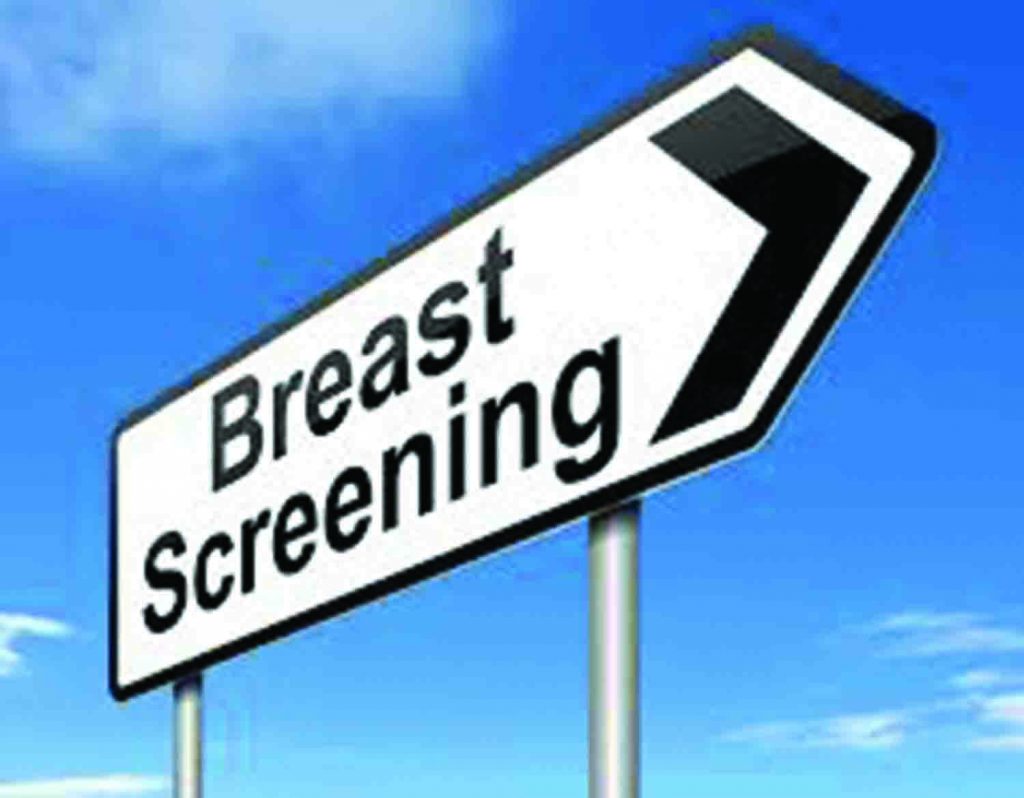Home News PAHO releases new guide for mammogram testing
The Pan American Health Organisation (PAHO), following a call to improve the quality of mammograms offered to women to ensure early and precise breast cancer diagnosis, has introduced a new guide which establishes the rules necessary to ensure the quality of mammography examinations in Latin America and the Caribbean. The new guide comes at the end of breast cancer awareness month.
According to PAHO, the manual provides practical information to ensure high-quality services, for both mammography screening of the breast and for diagnosis of disease and/or cancer, and also seeks to provide guidance to ensure access to mammography services and early detection of breast cancer.
According to PAHO, breast cancer is most common among women and the second leading cause of cancer death in women. In 2012, 408,000 cases were diagnosed in the region of the Americas, with 92,000 women losing their lives to the disease. If the current trends remain unchanged, it is estimated that by 2030, diagnosis and deaths combined will increase by 46 per cent.
In Guyana, the Oncology Department of the Georgetown Public Hospital (GPHC) diagnosed 314 patients, with one of 39 different types of cancer in 2015. Of that number, the largest percentage, 39.8 per cent, or some 125 persons, were diagnosed with breast cancer.
According to the Health Organisation, mammography is a diagnostic imaging technique that can detect breast cancer in its early stages. Its effectiveness for screening for this cancer is proven, its usefulness as a diagnostic tool to examine symptomatic or an abnormal screening in women as vital. However, to be effective, mammography requires a quality control ranging from the application of basic standards in training the personnel operating the system/equipment, making processes of the image, and reading and communicating the results to the patient.
The PAHO publication “Quality Assurance Mammography Services: Basic standards for Latin America and the Caribbean”, seeks to contribute to the improvement of the quality of mammograms, reduce mortality, while providing relevant technical information to organise services in Latin America and the Caribbean and make effective quality control.
It is aimed at public health professionals, health authorities and radiology staff working in all stages of this type of service and is designed specifically for use in those health systems where mammography services are already established or are in the process of being established. The guide has been designed to complement the World Health Organisation’s position paper on screening mammography.
“Early detection, coupled with timely and appropriate treatment is key to significantly reduce deaths from this disease,” PAHO said.
